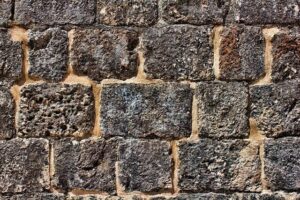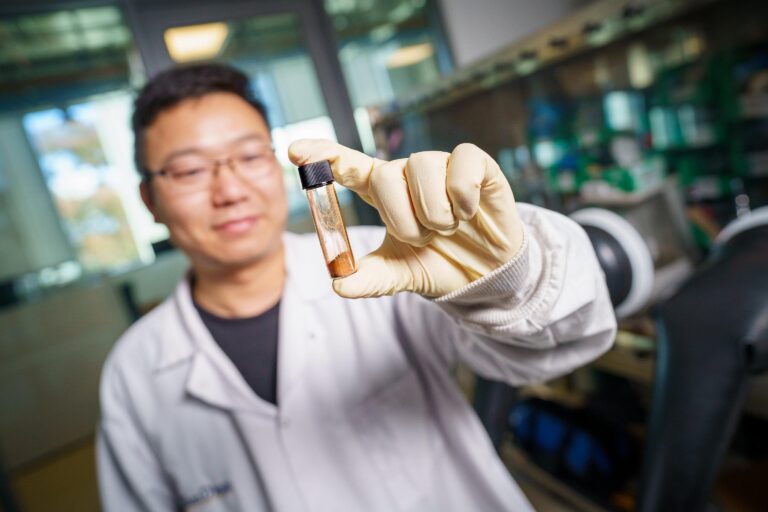Revolutionizing Solid-State Lithium-Sulfur Batteries with Self-Healing Cathode Technology
Self-Repairing Cathodes: A Leap Forward in Battery Durability and Efficiency
Scientists at UC San Diego have introduced a groundbreaking cathode material featuring autonomous healing capabilities, tackling a major obstacle in solid-state lithium-sulfur battery technology: rapid deterioration caused by mechanical stress. By embedding a dynamic polymer network within the cathode, this innovative design allows the material to mend cracks and restore its structural soundness independently. This advancement significantly boosts the battery’s cycle stability and lifespan, addressing the demand for energy storage solutions that combine high energy density with enhanced safety compared to conventional lithium-ion batteries.
This novel cathode architecture delivers several transformative benefits, including:
- Superior longevity: The self-healing function reduces cathode damage, extending overall battery life.
- Consistent capacity retention: Maintains robust performance across hundreds of charge-discharge cycles.
- Increased safety profile: The solid-state design minimizes risks such as electrolyte leakage and thermal runaway.
| Characteristic | Conventional Cathode | Self-Healing Cathode |
|---|---|---|
| Cycle Durability | Approximately 100 cycles | Over 300 cycles |
| Capacity Stability | About 60% | Nearly 90% |
| Resistance to Structural Damage | Poor | Excellent |
Advanced Material Engineering Tackles Stability and Longevity in Batteries
The UC San Diego team has engineered a composite cathode material that directly addresses the persistent challenges of stability and lifespan in solid-state lithium-sulfur batteries. By incorporating a self-healing polymer matrix into the cathode, the material can endure mechanical stresses from repeated cycling and autonomously repair microfractures and defects. This breakthrough preserves the battery’s electrochemical performance over prolonged use, marking a significant improvement in operational durability.
Key attributes of this innovative material include:
- Adaptive elasticity: Effectively manages volume changes during charging and discharging, reducing mechanical fatigue.
- Stable ionic conduction: Maintains efficient lithium-ion transport despite ongoing mechanical deformation.
- Extended operational lifespan: Demonstrates less than 10% capacity degradation after 500 cycles in initial testing.
| Property | Standard Cathode | Self-Healing Cathode |
|---|---|---|
| Cycle Life | ~200 cycles | 500+ cycles |
| Capacity Retention | 75% | 90% |
| Mechanical Resilience | Low | High (Self-Healing) |
Pathways to Scalable Manufacturing of Self-Healing Lithium-Sulfur Batteries
In a comprehensive study, UC San Diego researchers have identified critical factors that could facilitate the scale-up of self-healing lithium-sulfur cathodes from laboratory prototypes to mass production. Their work focuses on optimizing the healing mechanisms to ensure consistent performance while adapting the synthesis process for industrial compatibility. This approach promises to streamline manufacturing workflows and reduce production costs without compromising battery quality.
Highlights from the research include:
- Self-repairing interfaces: Capable of healing microcracks to prolong battery lifespan.
- Manufacturing scalability: Techniques compatible with current industrial equipment and processes.
- Enhanced ionic transport: Sustains reliable energy output through improved conductivity.
| Metric | Laboratory Scale | Projected Industrial Scale |
|---|---|---|
| Production Throughput | 5 cells per day | 500 cells per hour |
| Cycle Durability | 800 cycles | 750 cycles |
| Material Expenses | High | Reduced by 40% |
Strategic Research Priorities for Commercializing Self-Healing Battery Technologies
Focused investigation into self-healing mechanisms is essential to unlock the full commercial potential of solid-state lithium-sulfur batteries. Industry experts advocate for concentrated efforts on material innovation that enables autonomous repair, which could dramatically enhance battery durability and performance. Such advancements are critical for meeting the rigorous demands of electric vehicles, grid-scale energy storage, and portable electronics.
Key research directions include:
- Optimizing material formulations: Discovering alloys and composites with inherent self-repair capabilities.
- Interface design improvements: Strengthening mechanical and conductive properties between cathode and electrolyte.
- Cost-effective scalable production: Developing manufacturing methods that support large-scale deployment.
- Real-time monitoring technologies: Creating sensors to detect damage and activate healing during battery operation.
| Research Area | Anticipated Benefit |
|---|---|
| Self-Healing Polymers | Improved mechanical endurance |
| Nanostructured Interfaces | Enhanced ionic conductivity |
| Automated Diagnostic Systems | Extended battery lifespan |
Conclusion: Paving the Way for Next-Generation Energy Storage
The advent of self-healing cathode technology represents a pivotal advancement in overcoming the durability and safety challenges that have long limited solid-state lithium-sulfur batteries. As UC San Diego researchers continue to refine this promising innovation, the prospect of safer, more efficient, and longer-lasting batteries becomes increasingly attainable. This breakthrough holds transformative potential for electric vehicles, consumer electronics, and renewable energy infrastructures, heralding a new era of sustainable and high-performance energy storage solutions worldwide.







